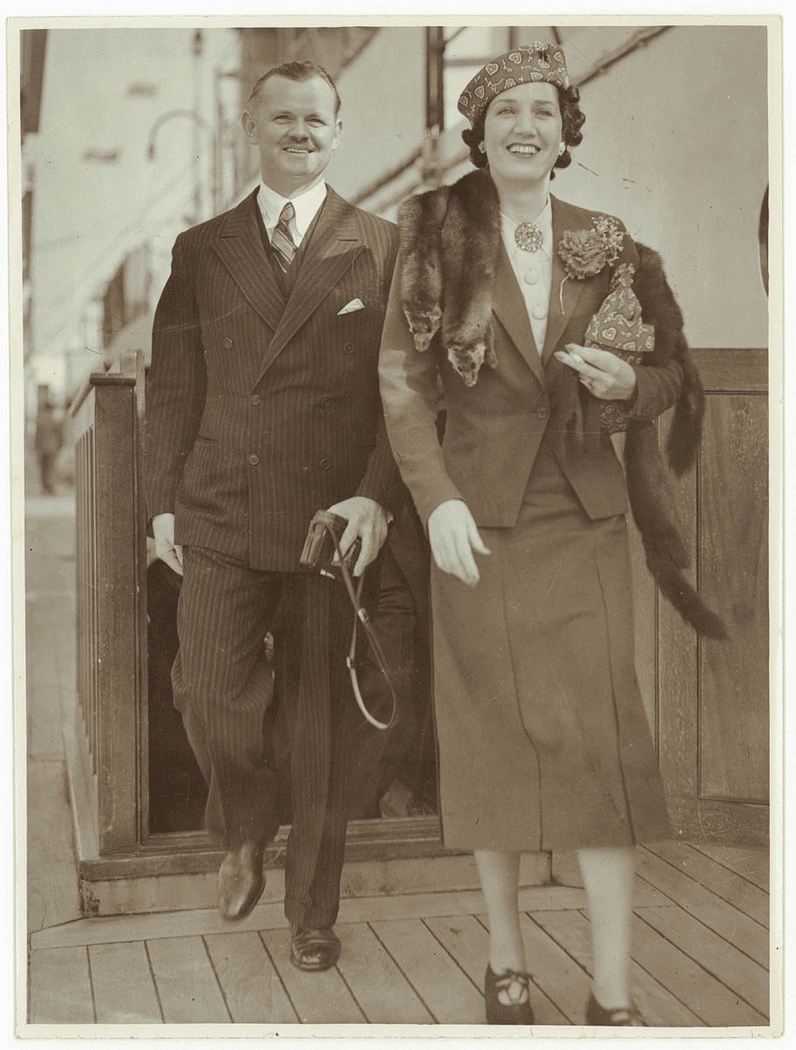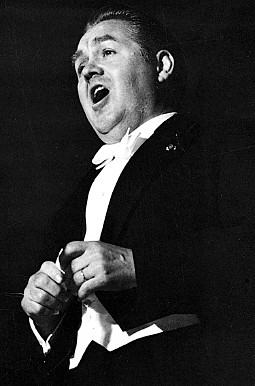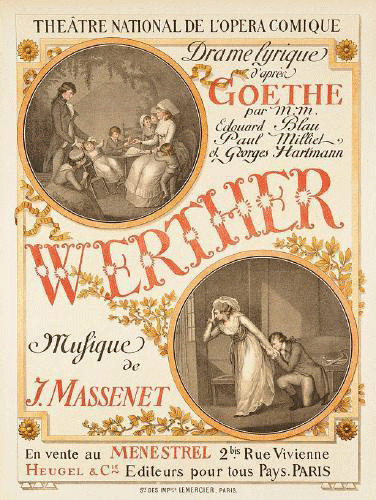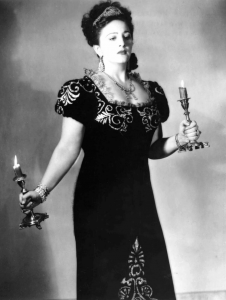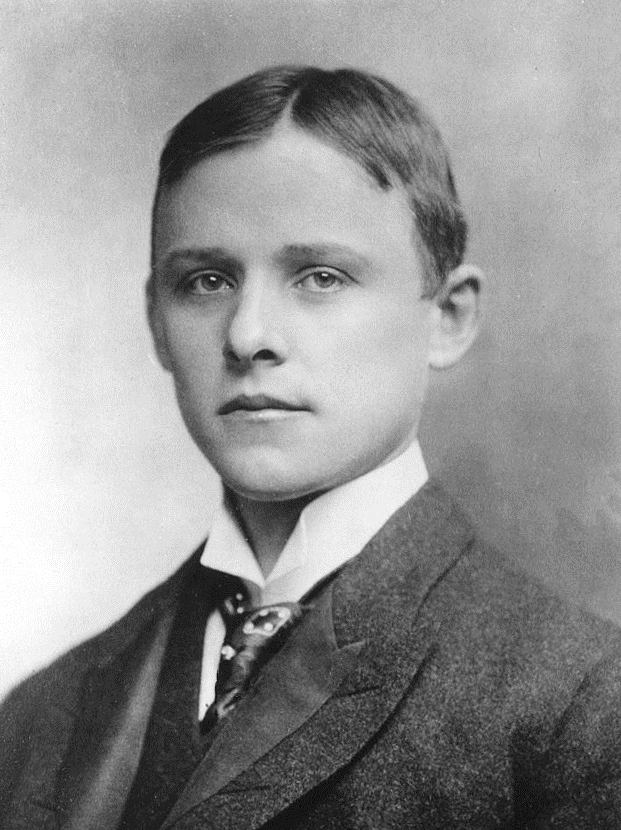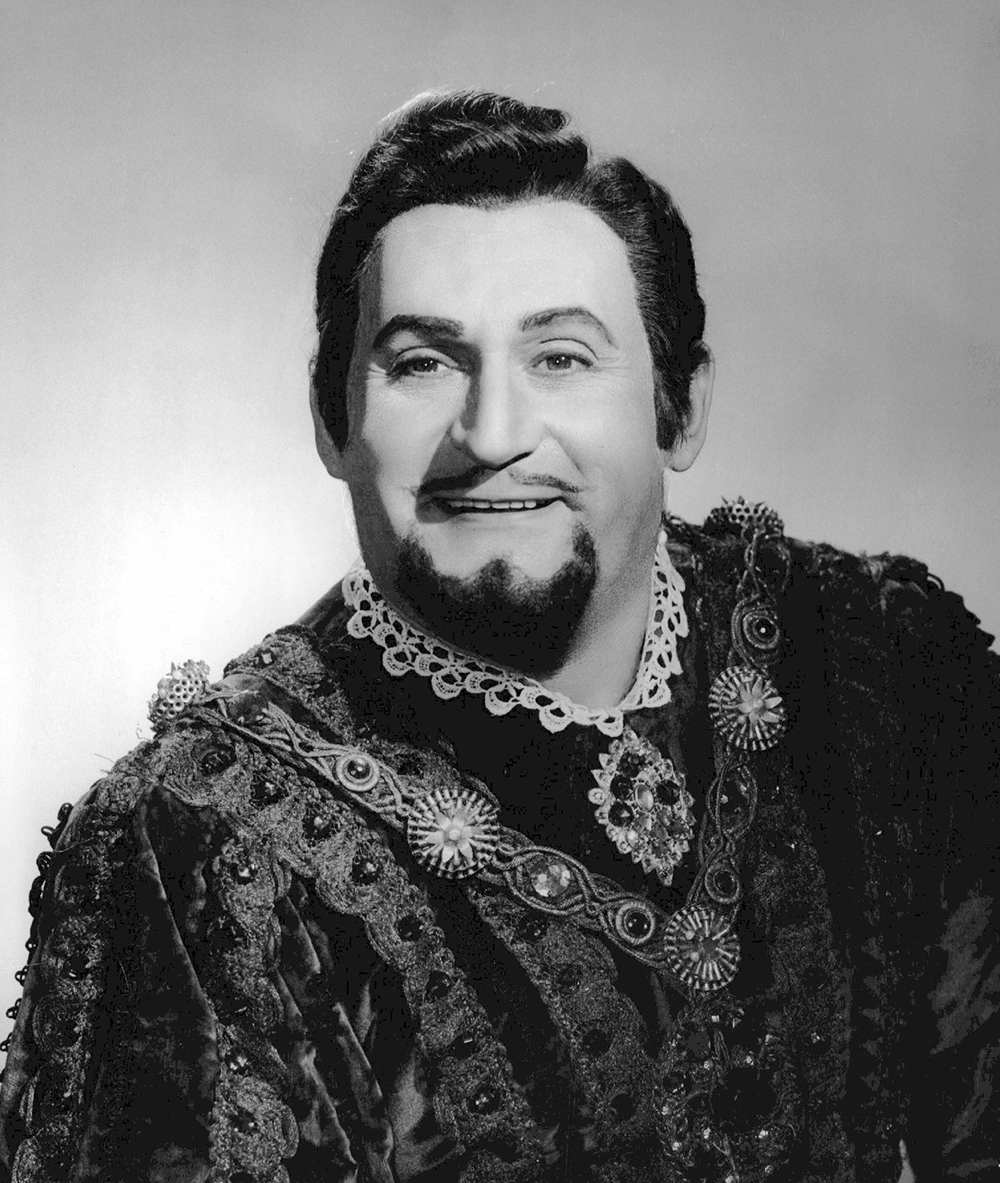
Richard Tucker
The first time you experience a great high note live, it will shock you. These recordings are phenomenal, but they can only get so close to the real thing. The great high notes are bright, very loud (although not always), and beautiful, without giving away any feeling that they are screamed. Also, be careful with your speakers when you listen to these recordings. Make sure they are loud enough and that they register high pitches well. Otherwise, the speakers could dull the high notes when that is not how they really sounded! Enjoy!
Open this playlist in spotify, here.
The exact clips I prepared for the recordings I list here are Manon Lescaut – 1:10-1:40, Turandot – 2:20-3:20, Manuela – 2:16-3:03, Vissi d’arte – 1:59 – 2:38, If You Were Mine – 2:15-3:01, Ingemisco – 2:52-3:43, Otello – 9:32-10:10 and 12:49-13:15, Morir! tremenda cosa – 6:42-7:22, Non piangere, Liu – 1:48-2:30, Aida – 5:53-6:35, and Il Trovatore -3:47-4:26.
Turn up those speakers! It makes a large difference in this recording. The high note that Tucker sings here is very dramatic and as bright as the sun. I definitely took notice when I first heard it (it surprised me)!
Here Björling shows off his thin high notes. I think what makes this recording especially interesting is the way he comes back down to the note directly after the high note with a strong type of barking sound. This is similar to what Caruso did, and it makes it that much more powerful and exciting.
When Jan Kiepura’s voice was on, it was really on. His soft notes before this high note are awe inspiring, and his high C (arguably the highest note of a tenor) is very exciting. Many tenors don’t go above this high C because spending too much time in the very upper register above the high C would destabilize a tenor’s voice. Opera singers do have to project without a microphone after all!
This high note is very right and piercing. Anita Cerquetti had a short career that started in her 20’s. She is a less well known but very great singer. Many female singers did have early starts to their career like Cerquetti, Bidu Sayão, and Mimi Benzell.
It took me a while to get used to Lanza’s powerful voice in American songs, but once you get used to the opera voice, you will love it. Voices like this are very exiting live. Also listen to the poetry of the song!
This is part of a live performance Jussi gave. The ending is a high C.
Baritones have lower high notes than tenors being that to keep their voice a certain timbre it makes sense to stay within a certain range. Leonard Warren’s high note here is still very thrilling!
This is a great recording. Here Zinka does the same phrase twice with the same high note, except she does it once loudly and then a second time very softly. It is so expressive.


